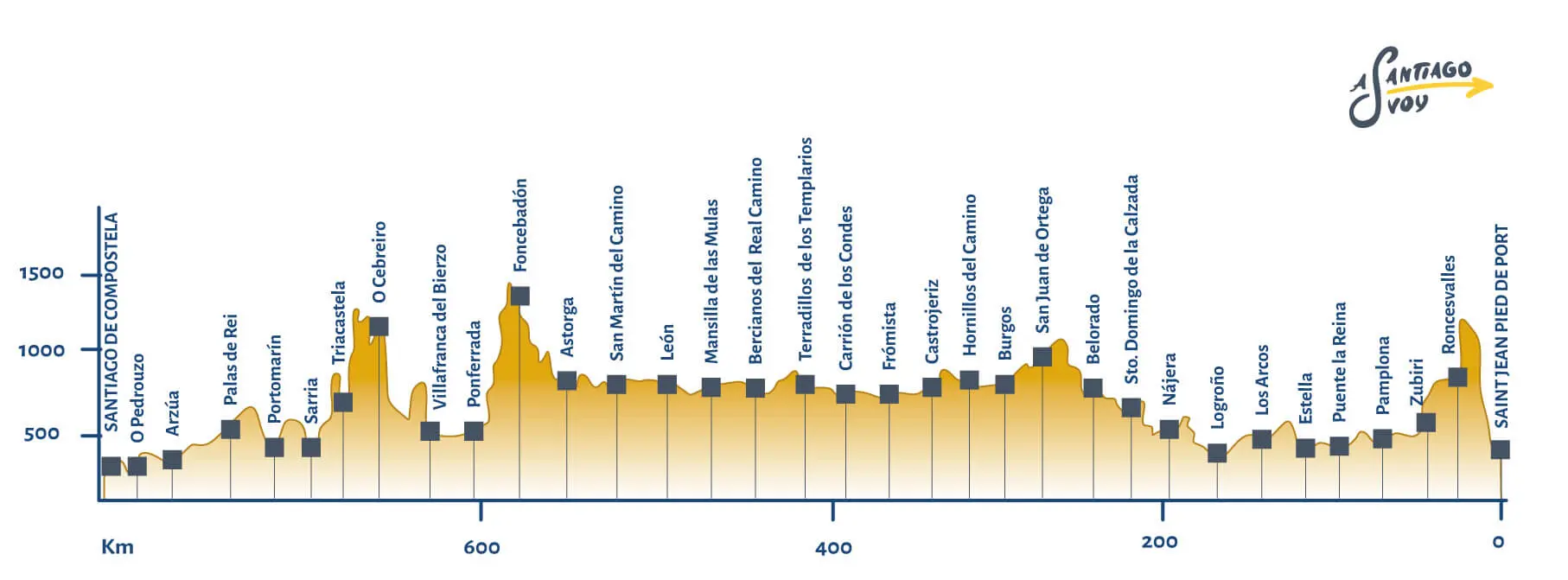
The French Way (or Camino Francés)
The longest and oldest route of the Way of Saint James.
Learn what the most popular route of the Camino de Santiago is like. Discover it stage by stage, including the obstacles you can find and the cultural aspects you can enjoy.
If you don't want to walk the entire Camino, remember you don't have to cover it completely. You can choose
any intermediate starting point and complete the number of stages or miles you want. If you walk 100 km on
foot, you will get the Compostela at your arrival at the Cathedral of Santiago.
And, if you want some help to organize your trip, do not hesitate to contact us.
Image: Fortaleza de Sarria



